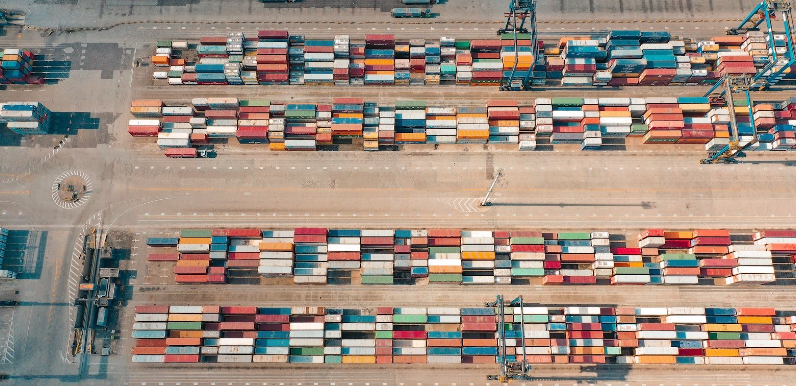Radio Frequency Identification (RFID) technology is an automatic identification technology that has matured since the 1980s. It uses the radio frequency way for non-contact two-way communication exchange data to achieve identification purposes. The intelligence of the container based on RFID technology provides a good opportunity for this status quo, so the intelligent container based on RFID technology becomes the new development trend.
- RFID technology and system
The RFID system is the use of induction, radio waves or microwave energy for non-contact two-way communication, to achieve identification and exchange of data purposes of automatic identification technology. It automatically identifies the target object and obtains relevant data through radio frequency signals, without human intervention in the identification work.
The application of RFID is already quite extensive: access control and control of personnel; management of recyclable assets; cargo management of logistics transport; non-stop charging; public transport smart cards, etc.
This paper will focus on RFID technology and its application in the realisation of intelligent containers.
A typical RFID system consists of two parts: they are the RFID card and the reader. RF card also called transponder or electronic label, its several main modules integrated into a chip, complete and read-write communication, and chip on the memory part used to store identification number or other data, such as container number, container model, cargo category, etc. The chip periphery only needs to be connected to the antenna (and battery) and can be used as a container identification card or cargo identification card. The reader, also known as a transceiver or interrogator, consists of a transmitter unit, a receiver unit, a signal processing control unit and a power supply. It sends a radio frequency modulated signal (also called interrogation signal) to the RFID card through the antenna, and at the same time receives the radio frequency modulated signal (also called answer signal) containing the information in the RFID card back from the RFID card through the antenna, and then transmits it to the intelligent control equipment after processing.
- Advantages of RFID technology
Compared with other automatic identification technologies, such as barcode identification technology, RFID technology has the following main advantages.
1) RFID reader can read tags through mud, dirt, paint coating, oil, wood, cement, plastic, water and steam and other non-metallic materials, without necessarily being in direct contact with the tag, which makes the electronic tag ideal for reading in dirty, wet and harsh environments.
2) RFID has a large data storage capacity, the data on the tag can be encrypted and the data can be updated at any time, making it particularly suitable for storing large amounts of data or for use in situations where the data is to be stored often needs to be changed.
3) The main difference between RFID and bar codes is that data is stored electronically within the storage unit of the RFID tag. RFID readers with special chips can identify each piece of goods according to its unique serial number and can carry out key authentication to guarantee data security.
4) RFID achieves “no contact”, does not require a straight line aiming scanning operation, read and write speed, and reading distance is large. RFID technology can therefore identify objects in motion at high speed and can identify multiple tags at the same time, making it fast and easy to operate. For example, used in factories on the assembly line tracking parts or products, long-range radio frequency products can be used for automatic charging or identification of vehicle identity, container information and other transportation, and identification distance of tens of meters.
5) RFID is small, easy to encapsulate, has a variety of shapes (such as cards, rings, buttons, pens, etc.), and can be hidden or embedded in most materials or products, making the goods marked more beautiful. It can be applied to different occasions and is very convenient to use.
6) RFID’s service life can be up to 10 years or more, read and written 100,000 times, no mechanical wear and tear, no mechanical failure, can be used in harsh environments, working temperature: -25 ℃ ~ +70 ℃ or less.
7) RFID number is unique and can be added to the anti-counterfeiting identification code (such as the last digit of the code can be set anti-counterfeiting digits, it needs to use the front encoding numbers, through a kind of encryption operation derived), as long as through the network or production plant anti-theft identification equipment scanning, immediately can distinguish the authenticity of products.
RFID has read and writes speed, reading distance, data capacity, etc., this technology applied in the logistics process and supply chain management, will bring about the circulation and transaction costs and management level of reduction, for the realization of intelligent containers will play a major role.
If you want to get other RFID technology products, like RFID automatic layer selection file cabinet and smart container, here to contact us.
